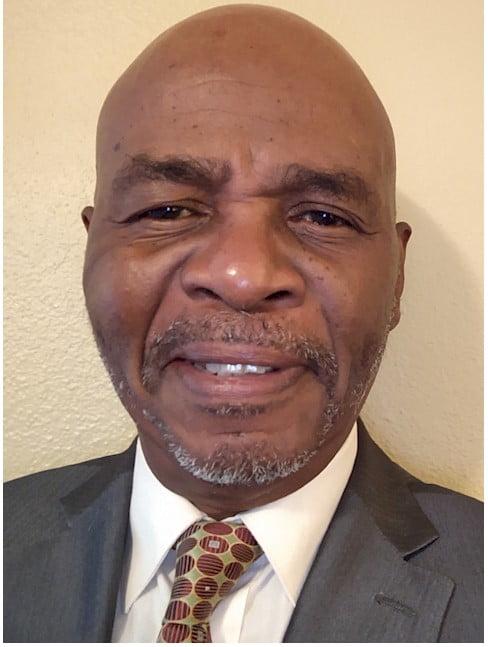Genocide in the Congo Free State and the Berlin Conference- GDN Exclusive
by Afi G. Osakwe, Contributing Writer 07/30/2023The title comes directly from events of the Berlin Conference and the incredibly dehumanizing circumstances established by it, particularly King Leopold II of Belgium. What was the Berlin Conference? Why was it found? And who was King Leopold?
Undoubtedly, some of the most horrible events occurred in Africa after the European states met at the Berlin Conference in 1884 to divvy up control of it. King Leopold alone was responsible for more than ten million deaths in the Congo. His actions were so despicable that the Belgian government took control of his tract of land, the Congo Free State, to stop the wholesale slaughter and human misery wrought by `Leopold.
According to Wikipedia, “The Scramble for Africa, also called the Partition of Africa, the Conquest of Africa, or the Rape of Africa, was the invasion, annexation, division, and colonization of most of Africa by seven Western European powers during an era known as New Imperialism (between 1833 and 1914).”
King Leopold II of Belgium is infamous for his brutal exploitation of the Congo Free State, which resulted in widespread human rights abuses and a high death toll. While it is important to note that Leopold II personally ruled the Congo Free State as his private colony rather than as a part of Belgium itself, his actions have had lasting impacts on the region.
Leopold II claimed the Congo Free State as his personal property during the late 19th century under humanitarian and philanthropic motives. He presented his colonization efforts as a civilizing mission, promising progress, development, and an end to the Arab slave trade. However, Leopold II’s true intentions were far from noble.
Under Leopold II’s rule, the Congolese were brutalized under forced labor, exploitation, and violence. The primary objective was extracting rubber and ivory, precious resources then. Leopold II employed a vast network of mercenaries, the Force Publique, to enforce his policies and maintain control.
The Congolese people were subjected to extreme violence and coercion, with their villages burned, their land confiscated, and their families held hostage to ensure compliance with rubber quotas. Failure to meet these quotas often resulted in severe punishments, including mutilation, torture, or death. Countless Congolese experienced horrific abuses, including rape, murder, and enslavement.
The combination of forced labor, violence, and disease had catastrophic consequences for the Congolese population. The exact death toll is a debate among historians, but estimates range from several million to as high as 15 million people. The atrocities committed in the Congo under Leopold II’s rule can be considered genocide or an act of genocide, given the deliberate and systematic nature of the violence and its impact on the population.
International outrage eventually grew against Leopold II’s regime, fueled by reports from journalists and human rights activists such as Edmund D. Morel and Roger Casement. These reports exposed human rights abuses and sparked a global campaign to end Leopold II’s rule in the Congo Free State.
In 1908, under pressure from international condemnation and mounting public pressure, Leopold II was forced to relinquish his ownership of the Congo Free State to the Belgian government. The region was then renamed the Belgian Congo and came under direct Belgian rule until its independence in 1960.
The legacy of King Leopold II’s rule in the Congo Free State remains deeply ingrained in the region’s history. The exploitation and violence inflicted upon the Congolese people had long-lasting social, economic, and political consequences. The scars of this period are still felt in the Democratic Republic of Congo as the country continues to grapple with the aftermath of colonialism and work toward healing and development.
The following article in this series is The Underdevelopment of Africa and the Diaspora. Like and share our articles. To remain current on our DEI and Student Engagement efforts, sign up for GDN’s free eNews publications at www.greaterdiversity.com. Also, this is a call to action. Please ask your organizations and friends to sign-up for our email newsletter.




No Comments so far
Jump into a conversationNo Comments Yet!
You can be the one to start a conversation.Only registered users can comment.